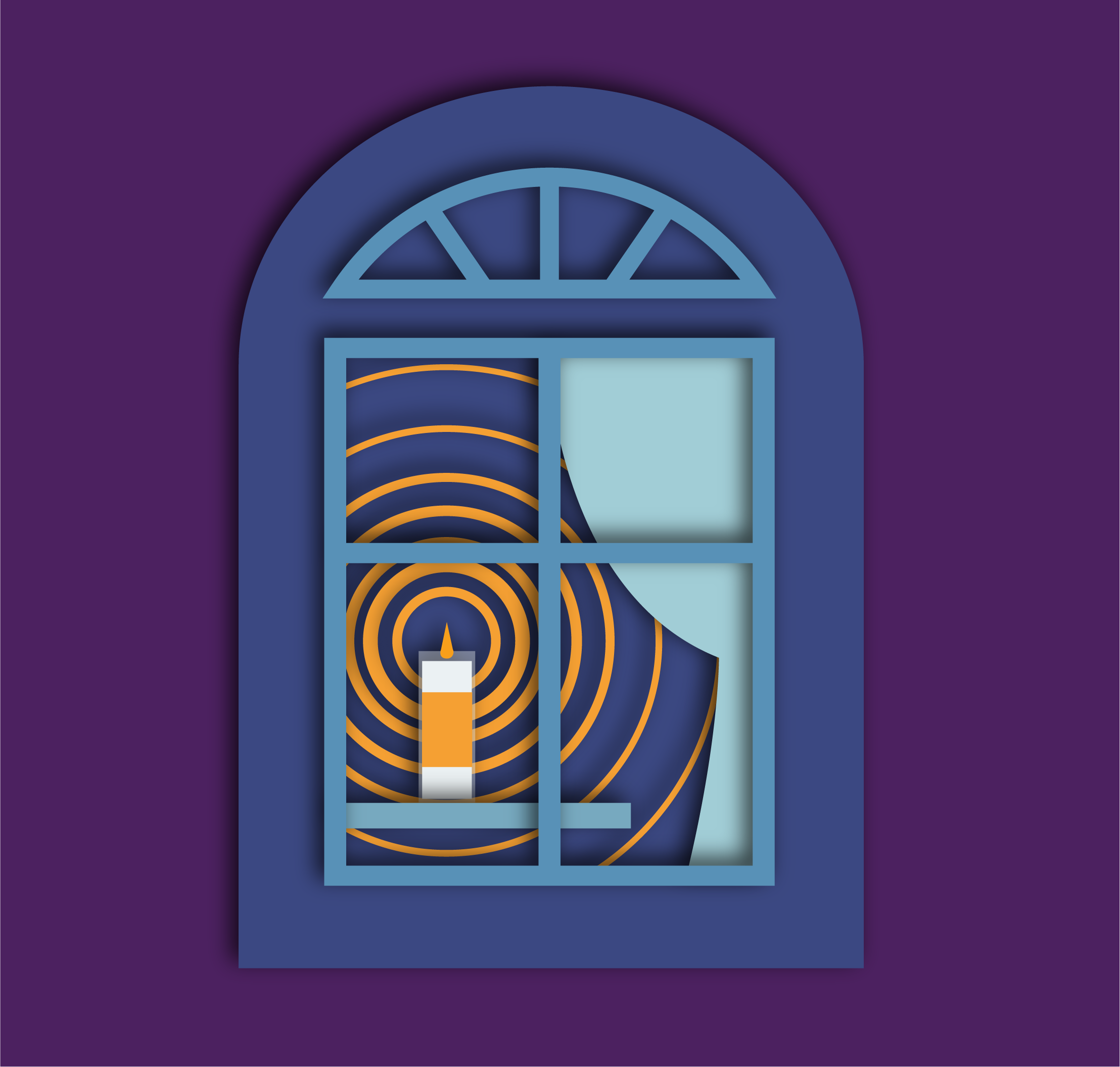
Grief and Mourning
Jewish tradition identifies a mourner as someone who has lost an immediate family member (parent, spouse, sibling, child) and we know that our grief and mourning experience might expand to many other significant relationships in our lives.
GRIEF AND MOURNING
Grief is what we experience
Mourning is the expression of one’s grief
There are five stages of mourning and grief in Judaism and each of these stages are meant to provide a framework for a return to our full lives. Jewish wisdom acknowledges there is both an inner journey and a public journey that each mourner navigates.
1. Aninut
A Hebrew word rooted in the word for “deep sorrow”, it is the time between death and funeral. The only expectation is to make funeral arrangements.
2. Shivah
Hebrew, for seven, it is the seven-day period following the burial during which mourners are at home and supported by the community. It is a time and space for mourners to fully experience their deep grief without any social obligations. Community members visit, bring food, feed the mourners, sit with the mourners, ask questions about their loved ones and share their own memories and stories. It is a time dedicated entirely to grieving.
At the end of seven days, the mourners traditionally take a walk around the block together. The act of physically moving out of their home and into the public signals their “getting up” from grieving and the first steps of return to their lives.
3. Shloshim
Hebrew for 30, it is the 30-day mourning period following the burial. During this time mourners are in a transitory state. Many mourners return to their daily obligations and may abstain from certain joyful gatherings (ex: weddings), cutting their hair, or purchasing new clothing. According to Jewish law, this is the end of official mourning for everyone other than children mourning the death of a parent.
4. The First Year
According to Jewish law, children mourning the death of parent mourn for eleven months following burial and may abstain from public celebrations and outward expressions of joy. This is the only relationship with an obligation to remain in mourning for 11 months and reflects both the emphasis that Judasim places on the commandment to honor our parents as well as the unique nature of the relationship.
5. Yahrtzeit / Anniversary
Every year we mark the anniversary of the death of our loved one by lighting a memorial candle. Other rituals might include giving to charity in their memory, visiting the cemetery, reciting the Mourners Kaddish, and sharing memories and stories.
What do you say to a Jewish person in mourning?
HaMakom y’nachem etkhem b’tokh sh’ar aveilei Tzion v’Yrushalayim:
May God comfort you among all the mourners of Zion and Jerusalem
Zichrono/ah livrakha:
May their memory be a blessing
Baruch dayan haEmet:
Blessed is the True Judge
These are the most common phrases for the mitzvah, the sacred obligation, of nichum aveilim, comforting the mourning.
We recognize both the potential difficulty in these phrases and that they may not resonate with everyone. Remember that your presence, care, and showing up to be with someone in their grief is powerful and provides comfort beyond the words we say.
